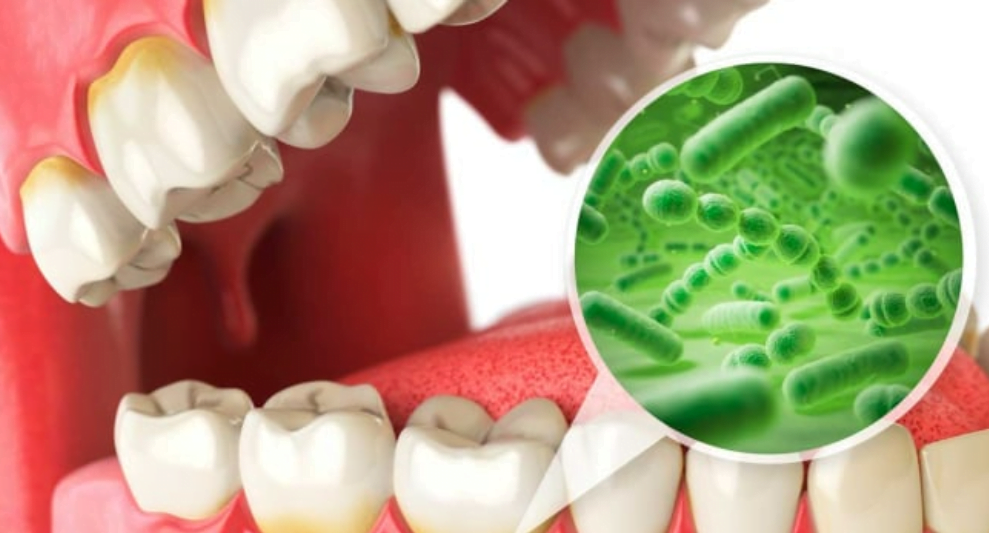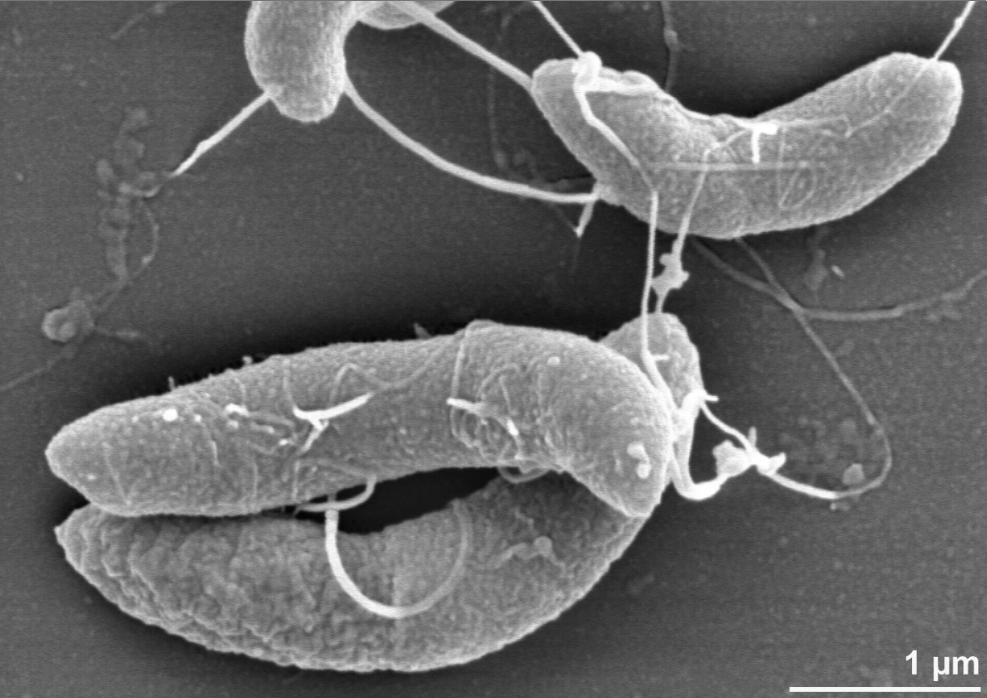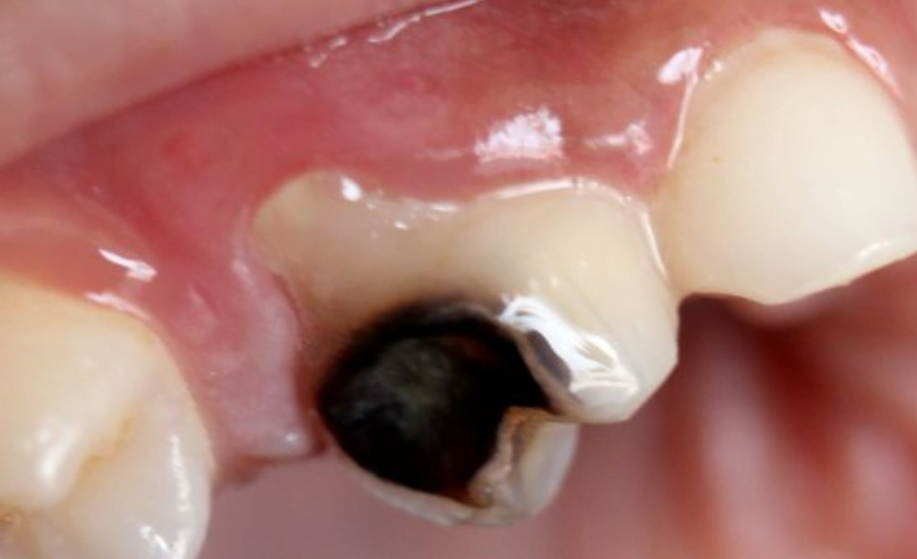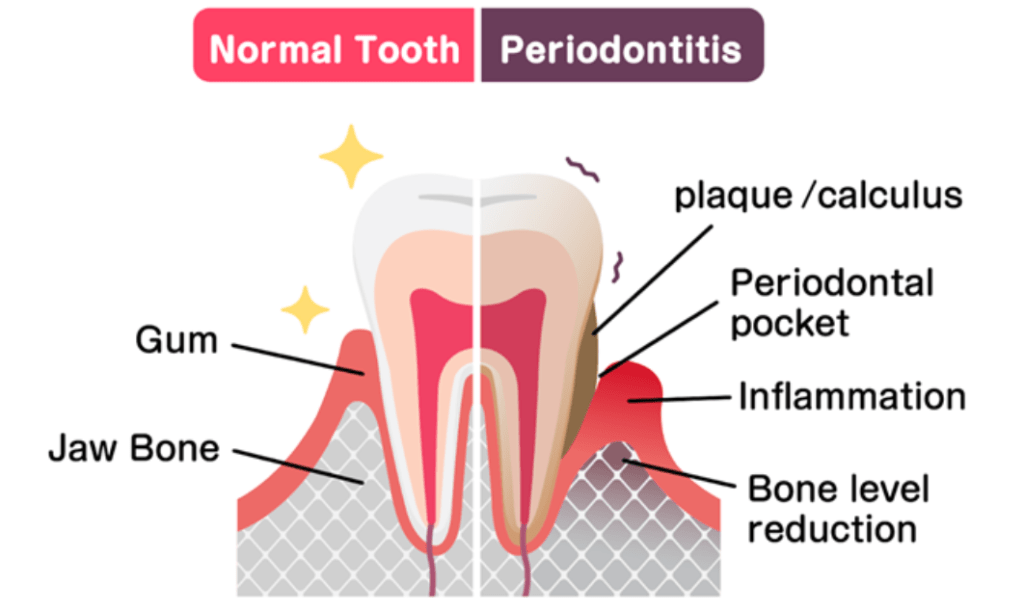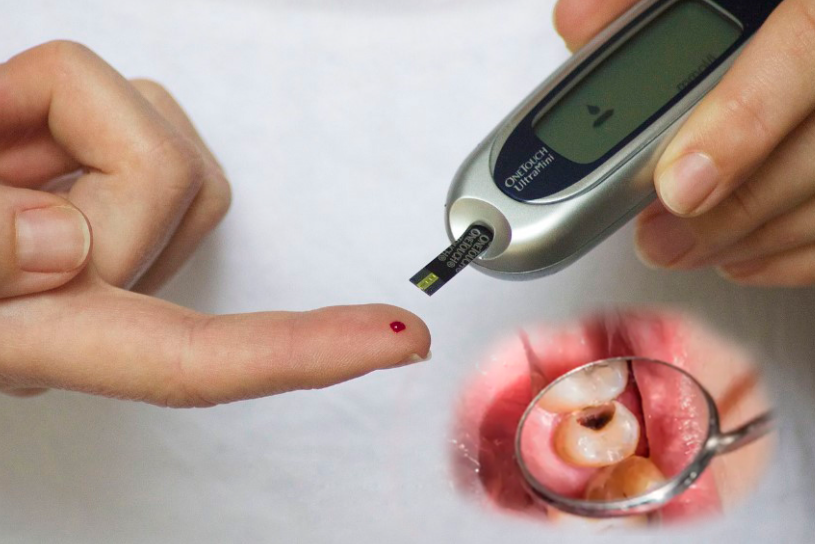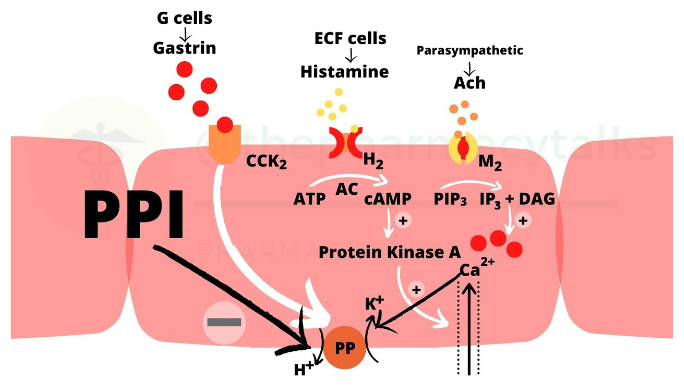Scientists Discover New Links Between Bacteria Causing Dental Cavities
Unveiling the Hidden Culprit of Tooth Decay: Selenomonas Sputigena
Introduction
Researchers from the prestigious University of Pennsylvania School of Dental Medicine, in collaboration with the Adams School of Dentistry and Gillings School of Global Public Health at the University of North Carolina, have unearthed a hidden adversary in the form of a bacterial species called Selenomonas sputigena. Contrary to previous assumptions, it has been revealed that this bacterium plays a significant role in exacerbating dental caries when working in tandem with the notorious plaque-forming Streptococcus mutans. This groundbreaking revelation, published in Nature Communications, not only sheds light on the development of cavities but also paves the way for novel approaches to cavity prevention.
Unveiling the Unexpected Partnership
In the intricate ecosystem of the oral cavity, scientists had long regarded S. mutans as the primary instigator of tooth decay. However, the joint study conducted by the University of Pennsylvania and UNC researchers unveiled an unexpected partnership between S. mutans and S. sputigena. Previously associated solely with gum disease, S. sputigena emerges as a key ally of S. mutans, significantly augmenting its capacity to create cavities.
This unprecedented finding not only deepens our understanding of caries development but also offers valuable insights into bacterial biofilm formation, with potential implications across various clinical contexts.
Collaborative Science at Its Finest
The study’s co-senior authors, Hyun (Michel) Koo, Kimon Divaris, and Di Wu, hailed this groundbreaking discovery as a testament to the power of collaborative science. With the invaluable contributions of numerous groups, individual investigators, and trainees, this study transcends the limitations of individual expertise and showcases the synergistic potential of interdisciplinary collaboration.
The Prevalence of Caries: A Lingering Epidemic
Caries, commonly known as tooth decay, remains a prevalent chronic disease affecting both children and adults worldwide. The development of caries stems from inadequate removal of acid-producing bacteria, including S. mutans, during oral care routines. These bacteria aggregate to form a protective biofilm, or “plaque,” on the teeth. Within this plaque, the bacteria metabolize sugars from food and beverages, converting them into acids. When the plaque remains undisturbed for prolonged periods, these acids gradually erode the tooth enamel, eventually resulting in the formation of cavities.
Expanding the Roster of Cavity-Causing Bacteria
Previous studies exploring the bacterial composition of plaque have identified various species in addition to S. mutans. Among these are members of the Selenomonas genus, which are typically associated with anaerobic environments below the gum line in cases of gum disease. However, this recent study marks the first identification of a specific Selenomonas species, S. sputigena, playing a role in cavity formation.
Unveiling the Mechanisms of Enhanced Cavity Formation
To unravel the intricacies of this newfound partnership, the UNC researchers collected plaque samples from the teeth of 300 children aged 3-5 years, half of whom exhibited caries. With the indispensable assistance of Koo’s laboratory, these samples underwent a battery of advanced tests. The analyses encompassed sequencing of bacterial gene activity, exploration of biological pathways indicated by this activity, and even direct microscopic imaging. To validate their findings, the researchers extended their investigation to a separate set of 116 plaque samples from children within the same age group.
The Power of Collaboration: Unveiling the Hidden Culprit
The data obtained from these extensive tests unveiled the unique capability of S. sputigena to collaborate with S. mutans and significantly amplify the caries process. While S. mutans is known to construct sticky glucan structures using available sugars to create a protective plaque environment, the researchers made a startling observation. S. sputigena, equipped with small appendages enabling surface movement, becomes ensnared within these glucans. Once trapped, S. sputigena proliferates rapidly, utilizing its own cells to construct intricate honeycomb-shaped “superstructures” that encapsulate and shield S. mutans. This unexpected partnership, as demonstrated through animal models, leads to a substantial increase in concentrated acid production, exacerbating the severity of caries.
Unveiling a Complex Microbial Interaction
The findings of this study have unveiled a far more intricate microbial interaction than previously understood. This newfound understanding offers valuable insights into the development of childhood cavities, presenting a potential gateway to more effective preventive measures. By disrupting these protective S. sputigena superstructures using specific enzymes or refining tooth-brushing techniques, it may be possible to mitigate the detrimental effects of this bacterial partnership.
Charting the Path Forward
Building upon their groundbreaking discoveries, the researchers now aim to delve deeper into the mechanisms behind the migration of this anaerobic motile bacterium into the aerobic environment of the tooth surface. This phenomenon, whereby bacteria from one type of environment infiltrate and interact with the resident bacteria, constructing remarkable superstructures, holds broad significance for microbiologists and dental professionals alike. Understanding these dynamics could unlock new possibilities in the prevention and treatment of dental caries.
Conclusion: Redefining Our Approach to Dental Health
This pioneering study not only provides us with a comprehensive understanding of the microbial complexities involved but also opens up avenues for novel preventive strategies. By disrupting the symbiotic relationship between these bacterial species, such as by targeting the unique superstructures formed by S. sputigena, we can pave the way for more effective cavity prevention methods.
Until these methods are found and undergo efficacy testing, the most important task is to make oral hygiene a beneficial habit for children starting from an early age.

